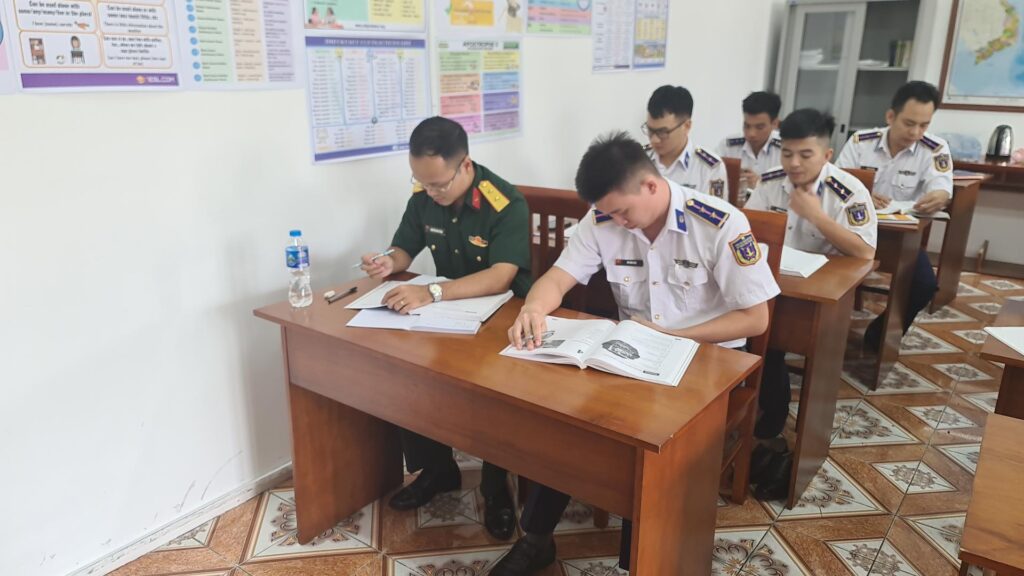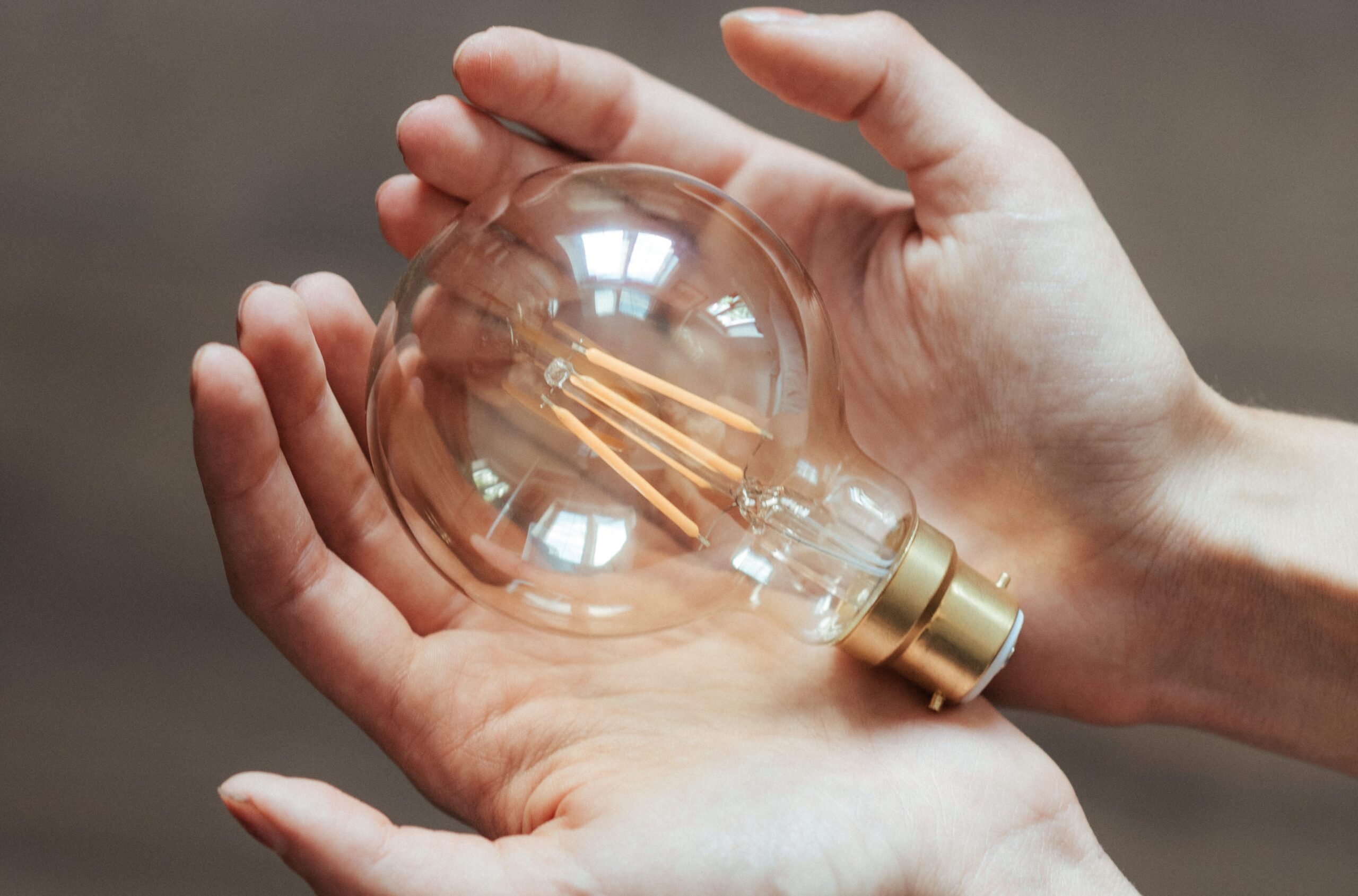Lana Learn instructors in Vietnam are managing student energy levels to create a positive and engaging learning environment.
Teaching a short, intensive course can be challenging, especially when it comes to managing student energy levels. Students may experience fatigue, boredom, distraction, or anxiety during the course, which can affect their learning outcomes. Therefore, teachers need to adopt strategies to manage energy levels and create a positive and engaging learning environment. The Lana Learn team in Vietnam runs six-month courses for its US Air Force-funded English language training program. We are able to increase our students’ English proficiency in this short time period to levels that qualify them for follow-on training in the US. Read on to learn more about some of the methods we use to maintain consistent student energy throughout our courses.
Start with the basics
Before introducing complex or abstract concepts, make sure the students have a solid foundation of basic knowledge and skills. This will help them feel more confident and prepared for the course. Review the learning objectives and expectations with the students at the beginning of each session and provide clear and concise instructions for each activity.
Use visual aids
Visual aids can help students understand and remember the content better. They also capture attention and interest. Use diagrams, models, charts, graphs, images, videos, or animations to illustrate the lesson’s key points. You can also use physical models or materials to demonstrate how things work or how concepts apply in real life.
Make it relevant
Students are more likely to be motivated and engaged if they see the relevance and value of what they are learning. Connect the course content to the students’ interests, goals, experiences, or current issues. Show them how the course can help them solve problems, achieve objectives, or improve their skills. You can also use examples, case studies, scenarios, or stories to make the content more relatable and realistic.
Get hands-on
Hands-on activities can stimulate the students’ curiosity and creativity, as well as enhance their learning retention and application. Incorporate activities that require the students to manipulate, experiment, create, or produce something related to the course content. You can also use games, simulations, role-plays, or projects to make learning more fun and interactive.
Manage distraction
Distractions can lower the students’ energy levels and affect their concentration and performance. Try to minimize or eliminate any potential distractions in the classroom, such as noise, clutter, or irrelevant materials. You can also use music, lighting, or temperature to create a comfortable and conducive learning atmosphere. Additionally, you can encourage the students to turn off or put away unnecessary devices during the course.
Create efficient procedures
Classroom procedures are essential for ensuring a smooth and productive learning process. Establish and communicate clear and consistent rules and routines for the course, such as attendance, participation, assignments, assessments, feedback, and communication. You can also use timers, agendas, checklists, or calendars to help the students manage their time and tasks effectively.
Selective seating
Seating arrangements can influence the students’ energy levels and interactions. In a short, intensive course, you may want to place the high-energy students in positions where they have more space and fewer people around them. This can help them feel more comfortable and less constrained. You can also use different seating configurations depending on the purpose of each session or activity. For example, you can use rows for lectures or presentations; circles or horseshoes for discussions or debates; groups or pairs for collaborations or peer feedback.
Use visuals and tactile
Students have different learning preferences and styles that affect their energy levels. For example, some students may prefer visual or tactile stimuli over auditory or verbal ones. To cater to these students’ needs and preferences, you can use multi-sensory activities that involve seeing, hearing, touching, and moving. You can also provide different options or formats for delivering or presenting the content. For example, you can use slideshows, podcasts, handouts, posters, flashcards, etc.
Monitor and adjust
One of the most important strategies for managing student energy levels is to monitor and adjust teaching according to student feedback and responses. Pay attention to verbal and non-verbal cues, such as questions, comments, expressions, gestures, posture, eye contact, etc. If you notice any signs of low energy levels, such as silence, lack of preparation, distraction, or poor posture, you may need to change your pace, tone, method, or activity to re-energize them. You can also ask students for feedback on what they like or dislike about the course, what they find easy or difficult about the content, and what they need more or less of in terms of support. This will help you tailor your teaching to their needs and preferences.
Using these strategies allows teachers to manage their students’ energy levels and create a positive and engaging learning environment. This will not only enhance the students’ learning outcomes and satisfaction but also the teachers’ own enjoyment and fulfillment.

